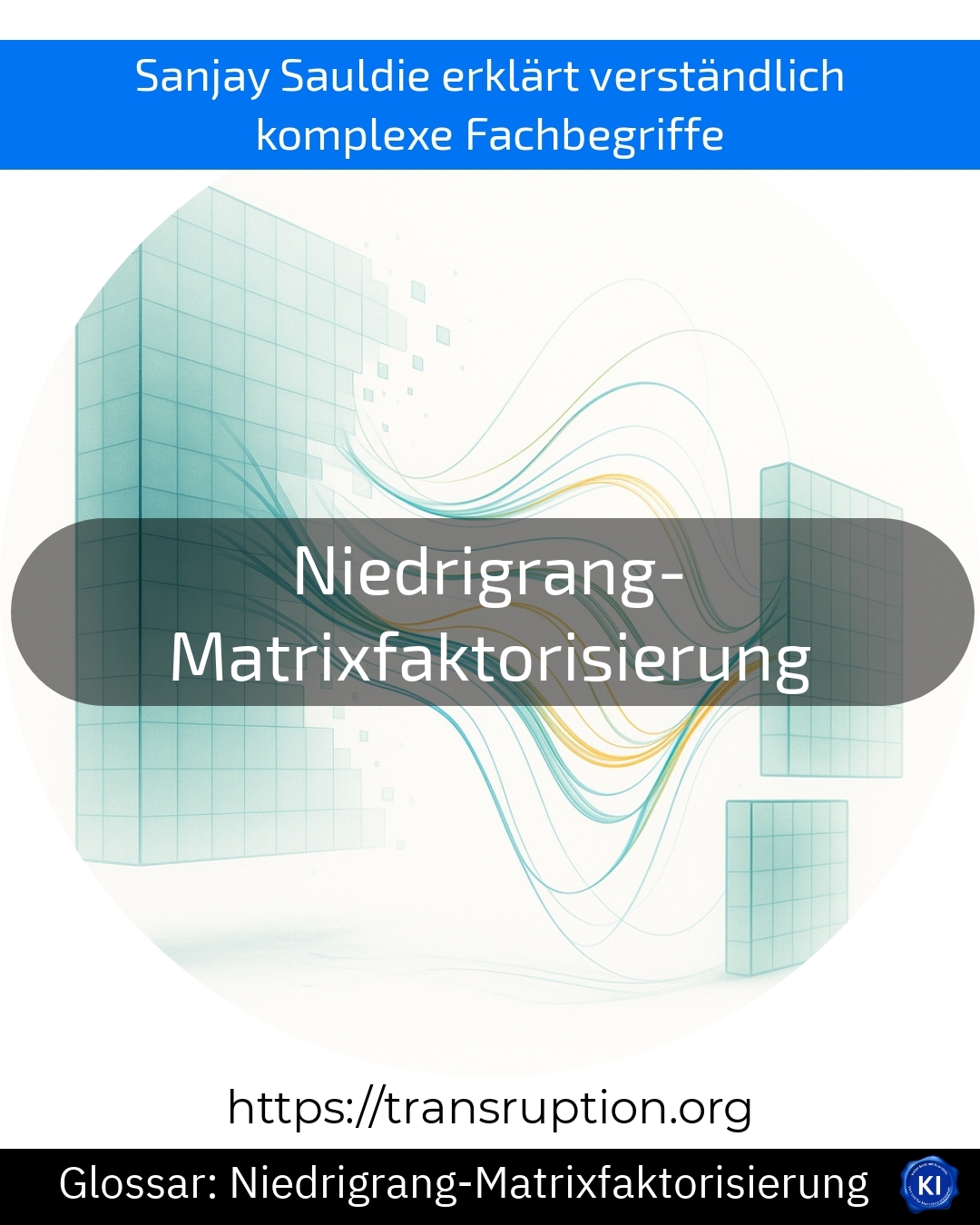The term low-rank matrix factorisation is particularly at home in the fields of artificial intelligence, big data and smart data as well as Industry and Factory 4.0. It is a method that can be used to simplify and clearly visualise large volumes of data.
Imagine a huge Excel spreadsheet with thousands of rows and columns, for example with customer data, production figures or user behaviour. This table often contains a lot of empty fields or superfluous information. Low-rank matrix factorisation automatically breaks down this large table into smaller and simpler structures, making it easier to identify patterns and correlations.
An illustrative example is personalised product recommendations in online retail: here, the previous purchases and interests of many users are stored in a large matrix. With low-rank matrix factorisation, the computer can identify "hidden" preferences and trends in order to display targeted recommendations. In this way, both companies and customers benefit from more targeted offers and improved service.
In short, low-rank matrix factorisation helps to make complex data sets understandable and usable.















